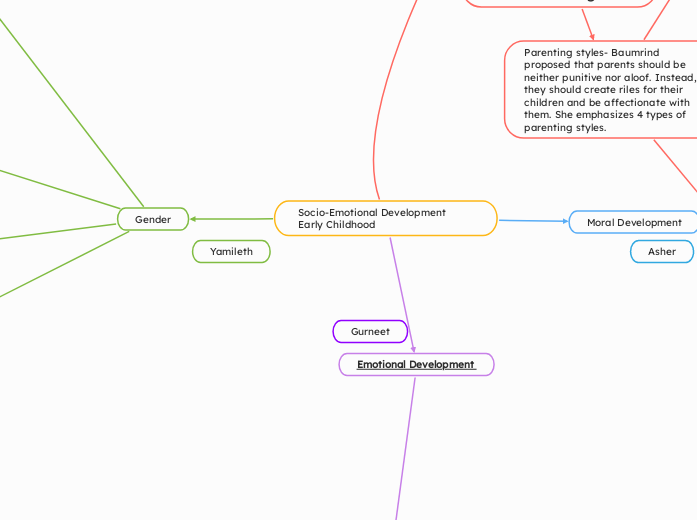door Macias Cisneros Yamileth 1 jaar geleden
235
Socio-Emotional Development Early Childhood

door Macias Cisneros Yamileth 1 jaar geleden
235

Meer zoals dit